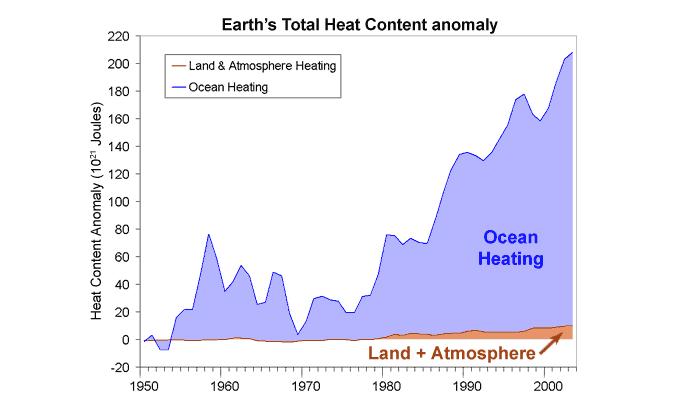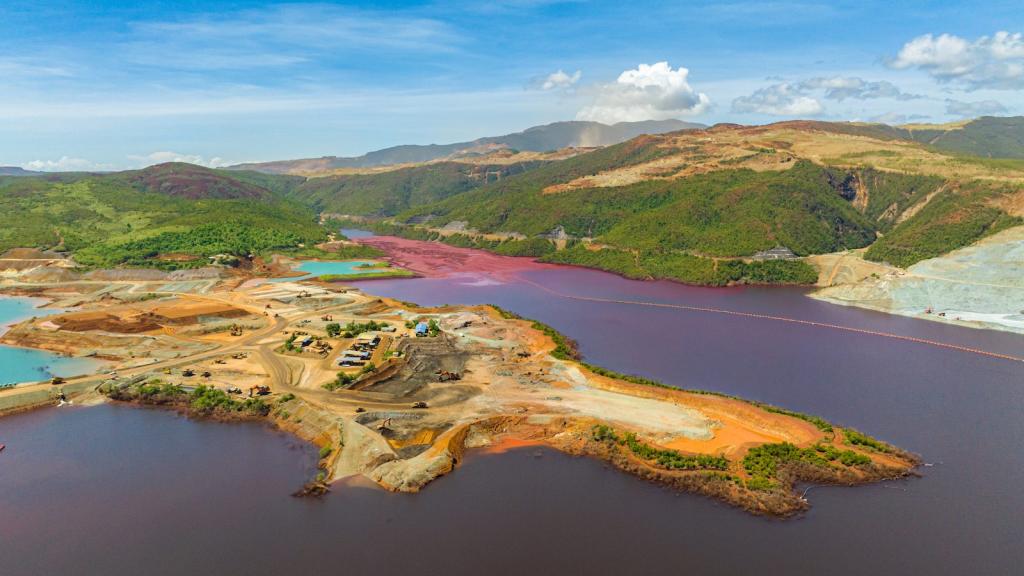It was the hottest April on record in the NASA dataset. More significantly, following fast on the heels of the hottest March and hottest Jan-Feb-March on record, it’s also the hottest Jan-Feb-March-April on record.
The record temperatures we’re seeing now are especially impressive because we’ve been in “the deepest solar minimum in nearly a century.” It now appears to be over. It’s just hard to stop the march of manmade global warming, well, other than by reducing greenhouse gas emissions, that is.
Most significantly, NASA’s March prediction has come true: “It is nearly certain that a new record 12-month global temperature will be set in 2010.”
Software engineer (and former machinist mate in the U.S. Navy) Timothy Chase put together a spreadsheet using the data from NASA’s Goddard Institute for Space Studies. In NASA’s dataset, the 12-month running average temperature record was actually just barely set in March — and then easily set in April.
Actually, NASA first made its prediction back in January 2009:
Given our expectation of the next El Niño beginning in 2009 or 2010, it still seems likely that a new global temperature record will be set within the next 1-2 years, despite the moderate negative effect of the reduced solar irradiance.
Of course, there never was any global cooling — see must-read AP story: Statisticians reject global cooling; Caldeira — “To talk about global cooling at the end of the hottest decade the planet has experienced in many thousands of years is ridiculous.”
In fact, the 12-month record we just beat was set in … 2007!
Moreover, the overwhelming majority of recent warming went right where scientists had predicted — into the oceans (see “How we know global warming is happening“):
 Total Earth Heat Content [anomaly] from 1950 (Murphy et al. 2009). Ocean data taken from Domingues et al 2008.
Total Earth Heat Content [anomaly] from 1950 (Murphy et al. 2009). Ocean data taken from Domingues et al 2008.
Another 2009 article details an analysis of “monthly gridded global temperature and salinity fields from the near-surface layer down to 2000 m depth.”
 Time series of global mean heat storage (0–2000 m), measured in 108 Jm-2.
Time series of global mean heat storage (0–2000 m), measured in 108 Jm-2.
Still warming, after all these years! And just where you’d expect it. This study makes clear that upper ocean heat content, perhaps not surprisingly, is simply far more variable than deeper ocean heat content, and thus an imperfect indicator of the long-term warming trend. And the surface temperature is even more variable.
NASA’s recent draft paper reported: “We conclude that global temperature continued to rise rapidly in the past decade” and “that there has been no reduction in the global warming trend of 0.15-0.20 degrees C/decade that began in the late 1970s.”
NOAA points out that both satellite data sets show about the same amount of warming as the land-based record, “which increased at a rate near 0.16 degrees C/decade (0.29 degrees F/decade) during the same 30-year period” — once you remove the expected stratospheric cooling from the satellite records (see NOAA discussion here).
For the record, it was the second hottest April in both satellite records (UAH and RSS), which appear more sensitive to the El Niño-Southern Oscillation (ENSO) than the land records.
I asked NASA’s James Hansen last month about the apparent 12-month record confirming his prediction, and he noted, “that conclusion is sensitive to how the global mean is defined … We will compare several alternatives in an invited review paper for Reviews of Geophysics — it should be ready within a few weeks.”
That caveat noted, it is also worth pointing out that “there are no permanent weather stations in the Arctic Ocean, the place on Earth that has been warming fastest,” as New Scientist explained (see here and here). “The U.K.’s Hadley Centre record simply excludes this area, whereas the NASA version assumes its surface temperature is the same as that of the nearest land-based stations.” Thus it is almost certainly the case that the planet has warmed up more this decade than NASA says, and especially more than the U.K.’s Hadley Center says (see Why are Hadley and CRU withholding vital climate data from the public? and Finally, the truth about the Hadley/CRU data).
After the endless disinformation-based global cooling stories of the past few years, it’s time for the media to start do some serious fact-based global warming stories (unlike this piece of he-said, she-said journalistic crap from the Boston Globe).
Related Post: Arctic poised to see record low sea ice volume this year



